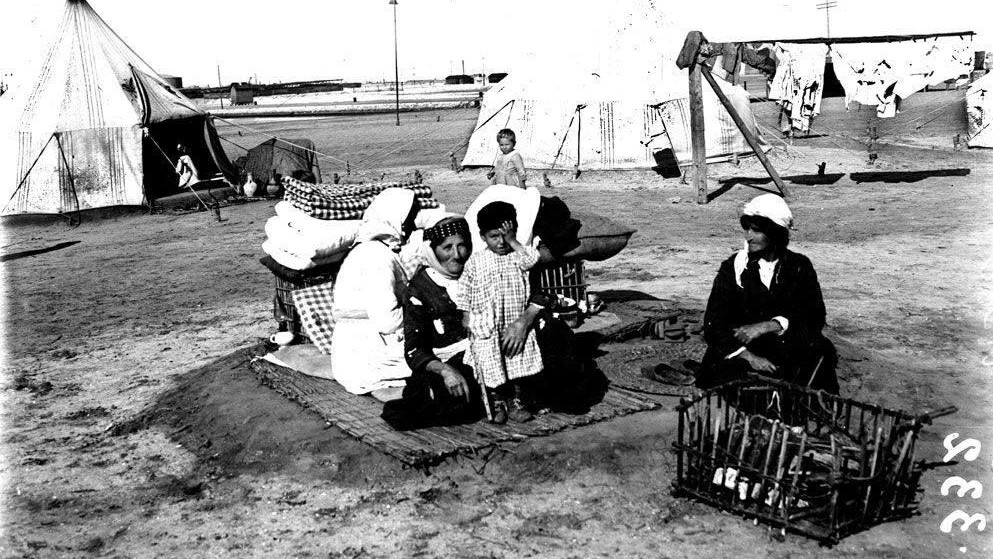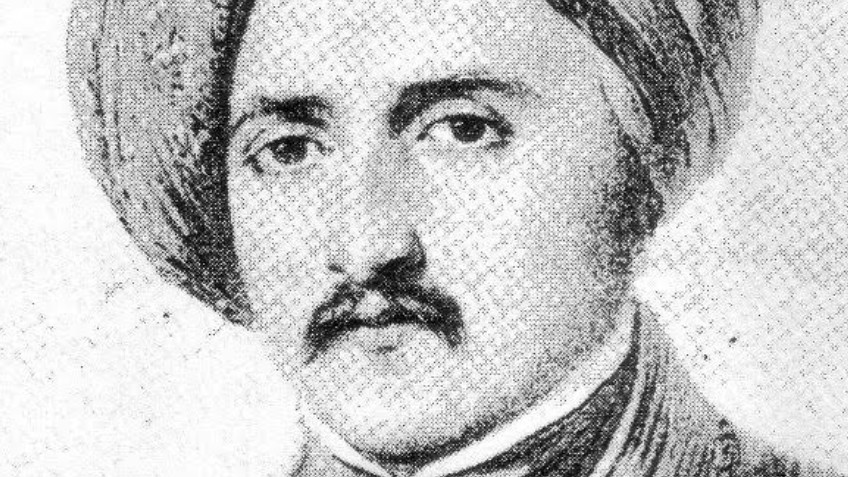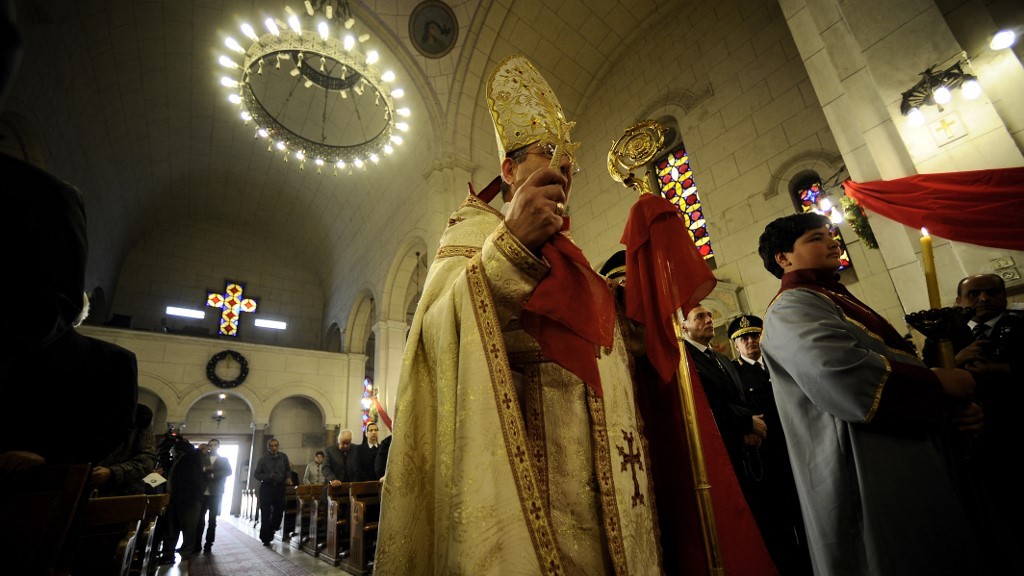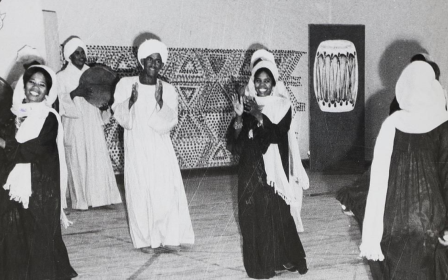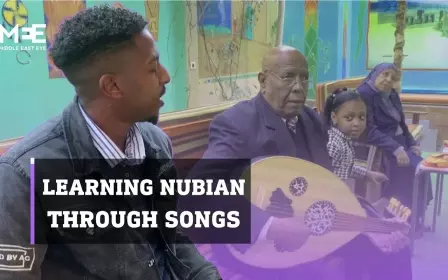How Armenians in Egypt are preserving their heritage
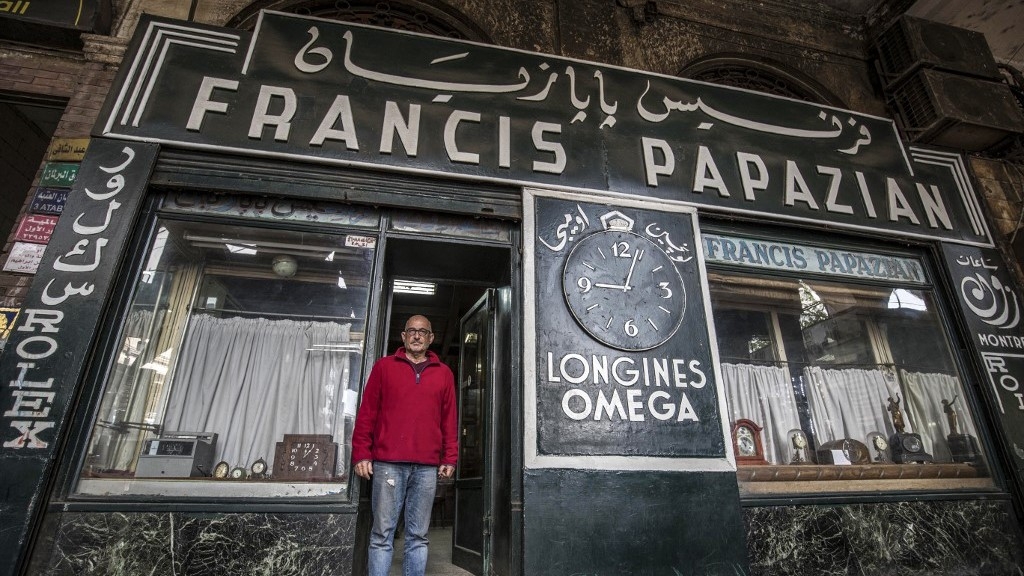
Armen Mazloumian is a medical doctor who was born in Egypt after his grandparents came to the country in the wake of the 1915 Armenian genocide.
The Mazloumians and thousands of others joined an established Armenian community in Egypt, one that flourished over the centuries as skilled craftspeople, traders, and cultivators of crops including tobacco and oranges.
“Living in Egypt gave us the freedom to learn our language, and build churches and clubs,” Mazloumian says.
The Armenian community was famous for its abilities in goldsmithing, jewellery making, watchmaking, photography, zinc graphs, and in the fur industry.
“Egypt embraced Armenians, now it’s time for us to preserve our identity and traditions,” he adds.
Long history
Armenians have a long history in Egypt that dates back to the time of the Fatimid dynasty in the 11th century.
Over the centuries, the Armenian community has made significant contributions to Egyptian society, from crafts to cuisine and various other industries.
Egypt saw a particularly large influx of Armenian refugees following the 1915 Armenian genocide, in the final years of the Ottoman Empire in World War 1.
Around 1.5 million Armenians were killed at this time, in what historians established, and many countries accept, was a genocide.
Louis Dartige du Fournet, a French admiral, was responsible for organising the evacuation of over 4,000 Armenians who were resisting the genocide and defending Musa Dagh, meaning "Moses Mountain", in what is now the Hatay province of Turkey.
The French transported the Armenians to Egypt’s Port Said on six vessels. Here they established a refugee camp where Armenians were able to get access to food, medical care, and education.
Although the camp was dismantled by 1919 and many of the people returned to Musa Dagh, some remained in Egypt.
History of Armenians in Egypt
The influence of Egypt's Armenian community can be seen across Egypt, originating during the Fatimid Caliphate, when Armenians were welcomed and rose to high political office.
“The number of Armenians in Egypt during [the 11th century] was around 30,000,” explains Mohamed Refaat Imam, professor of modern and contemporary history at Egypt’s Damanhour University.
“Six of them held high positions, from viziers and provincial governors. Badr al-Jamali was the most famous Armenian vizier at the time,” he tells Middle East Eye.
Jamali was responsible for the refortification of Cairo in the 1080s, which was intended to protect the city from a possible attack from the Seljuk Turks.
He replaced old brick walls with stone walls, which can still be seen today. Bab al-Fatuh, Bab al-Nasr, and Bab Zuweila are the three remaining gates in the city wall of the old city of Cairo, which all feature elegant stonework and engravings.
The Armenian community also flourished under Mohamed Ali Pasha, who was the Ottoman governor of Egypt and its de factor ruler from 1805 to 1848.
“The era of Mohamed Ali is considered a golden age for Armenians. Although their population did not exceed 2,000 people, they were able to contribute to building modern Egypt economically, socially, politically, and administratively,” Imam says.
Influence and contributions
Armenians were able to establish links with Indian, Ottoman, and European markets, and paved the way for a number of trades to thrive in the country.
“The Armenians contributed to the cultivation of indigo, a coloured dye, for export to Europe, as well as opium, which Egypt used to export to pharmaceutical factories in Europe,” Imam says.
Armenians were also responsible for introducing mandarin orange cultivation to Egypt.
An Armenian merchant, Yusuf Effendi al-Armani, brought mandarin bushes from Malta and planted them in Mohamed Ali Pasha’s orchard. Today, Egyptians still call the mandarin orange ‘Yousfi’ or ‘Yusuf effendi’, in honour of the merchant.
Van Leo, an Armenian-Egyptian photographer born in 1921, became famous for his ability to manipulate light and shadows, and as a result, was asked to photograph many film stars and other well-known figures during his 50-year-long career.
Prior to WW1, Armenians also ran much of Egypt's tobacco industry. Brands such as Coutarelli and Sarkissian had thousands of employees and the cigarettes and tobacco they produced were sold at an affordable price around Egypt and in Sudan.
Preserving Armenian heritage
Today, the Armenian community in Egypt is working hard to preserve their ancestors’ legacy.
According to Mazloumian, around 8,000 Armenians remain in Egypt today and they have been preserving their heritage in three main ways. “Through schools, clubs, and the church,” he explains.
The clubs run various activities for young Armenians, from football to basketball and scouts. There are also sessions on Armenian folklore and workshops on Armenian embroidery.
In Cairo at the Kalousdian-Nubarian Armenian school, which was established in 1854, students have the opportunity to learn the Armenian language, religion, and history alongside the traditional Egyptian school curriculum.
“We usually hold events to introduce Armenian culture to the public. They aren’t frequent, but we hold it whenever we can,” says Mazloumian.
"Through blood and tears, the Armenian people have managed to not only hold on to their heritage but to strengthen their resolve and values," he added.
"Preserving the Armenian language, family life and rituals has a powerful role in helping Armenians around the world uphold a strong sense of identity and heritage."
Middle East Eye propose une couverture et une analyse indépendantes et incomparables du Moyen-Orient, de l’Afrique du Nord et d’autres régions du monde. Pour en savoir plus sur la reprise de ce contenu et les frais qui s’appliquent, veuillez remplir ce formulaire [en anglais]. Pour en savoir plus sur MEE, cliquez ici [en anglais].



